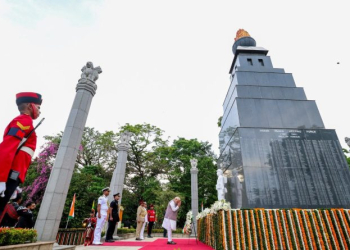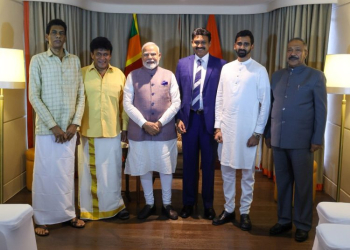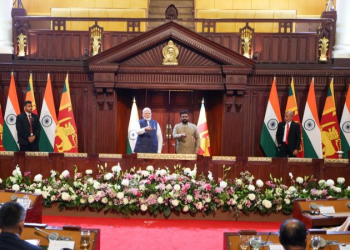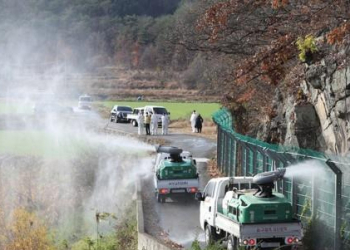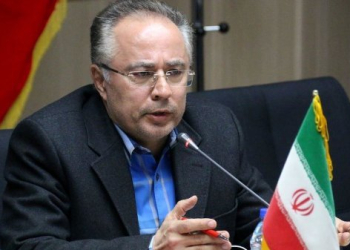Geneva: More women than ever hold political decision-making posts worldwide but gender parity is still far off, according to a report jointly released by the Inter-Parliamentary Union (IPU) and the UN Women.
The report, presenting the latest rankings and regional distribution of women in executive positions and national parliaments as of January 1 of this year, showed the number of women in political leadership roles has increased overall, Xinhua news agency reported.
However, women are still deeply under-represented in government leadership roles, and remain a minority as heads of state and government, according to the report.
At the very start of this year, 11.3 per cent of countries have women heads of state (monarchy-based systems excluded), and 9.8 per cent have women heads of government. These represent an increase from a decade ago, when figures stood at 5.3 per cent and 7.3 per cent respectively.
According to the report, only 13 countries, mostly in Europe, have gender-equal cabinets, with 50 per cent or more women cabinet members serving as ministers. Nine countries have no woman cabinet member heading any ministry.
The report also showed that men continue to dominate policy areas such as economy, defense, justice and home affairs portfolios. Women only comprise 12 per cent of cabinet ministers leading defence and local government portfolios, 11 per cent in energy, natural resource fuels and mining portfolios, and 8 per cent in transport portfolios.
“We’re witnessing ongoing progress in the number of women in politics this year, which is encouraging. However, we still have a long way to go to reach gender equality when we see the current rates of growth,” said IPU Secretary General Martin Chungong.



